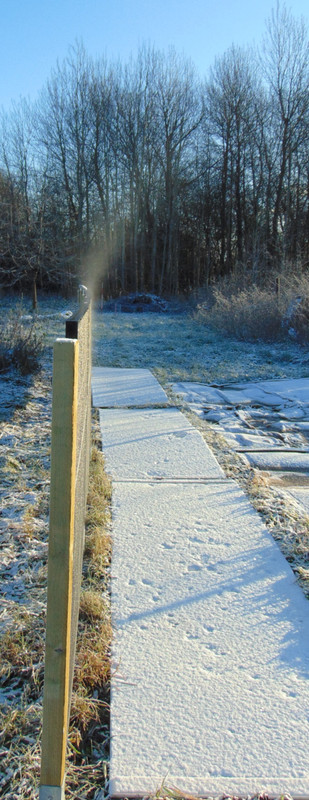Offgrid living
631 readers
1 users here now
Everything off grid; power, water, self-sufficiency; whether you're doing it or aspiring.
founded 1 year ago
MODERATORS
1
2
3
4
5
6
7
8
9
10
11
12
13
14
15
16
17
18
19
20
21
22
24
25
view more: next ›





























